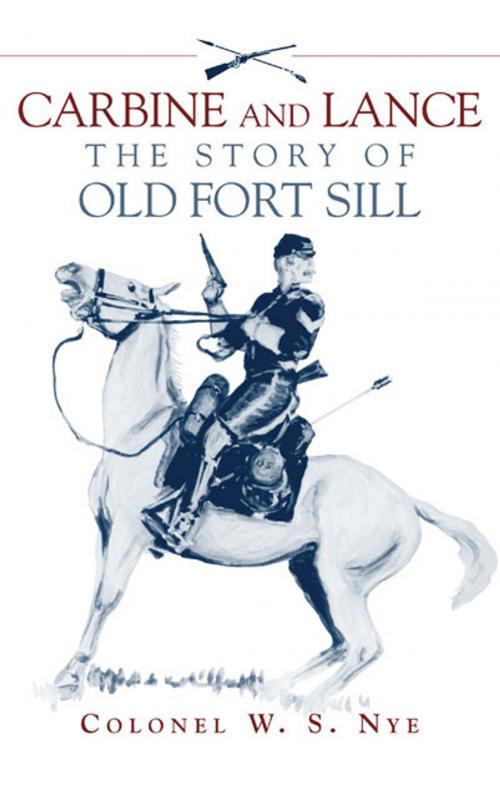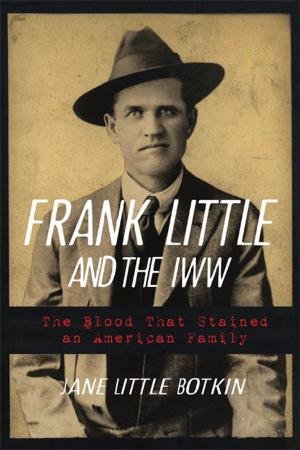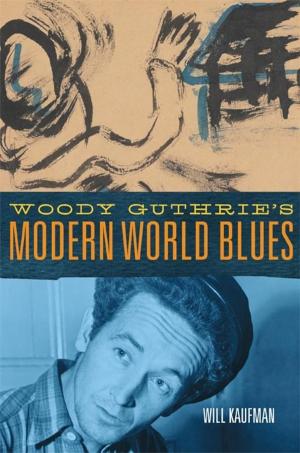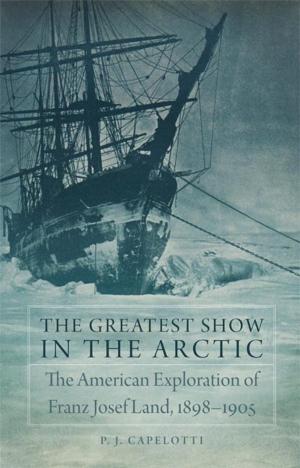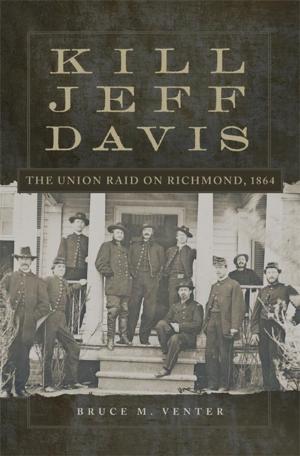| Author: | Wilbur Sturtevant Nye | ISBN: | 9780806187181 |
| Publisher: | University of Oklahoma Press | Publication: | July 10, 2013 |
| Imprint: | University of Oklahoma Press | Language: | English |
| Author: | Wilbur Sturtevant Nye |
| ISBN: | 9780806187181 |
| Publisher: | University of Oklahoma Press |
| Publication: | July 10, 2013 |
| Imprint: | University of Oklahoma Press |
| Language: | English |
Fort Sill, located in the heart of the old Kiowa-Comanche Indian country in southwestern Oklahoma, is known to a modern generation as the Field Artillery School of the United States Army. To students of American frontier history, it is known as the focal point of one of the most interesting, dramatic, and sustained series of conflicts in the records of western warfare.
From 1833 until 1875, in a theater of action extending from Kansas to Mexico, the strife was almost uninterrupted. The U.S. Army, militia of Kansas, Texas Rangers, and white pioneers and traders on the one hand were arrayed against the fierce and heroic bands of the Kiowas, Comanches, Cheyennes, Arapahoes, and Kiowa-Apaches on the other.
The savage skirmishes with the southwestern Indians before the Civil War provided many army officers with a kind of training which was indispensable to them in that later, prolonged conflict. When hostilities ceased, men like Sherman, Sheridan, Dodge, Custer, and Grierson again resumed the harsh field of guerrilla warfare against their Indian foes, tough, hard, lusty, fighters, among whom the peace pipe had ceased to have more than a ceremonial significance.
With the inauguration of the so-called Quaker Peace Policy during President Grant’s first administration, the hands of the army were tied. The Fort Sill reservation became a place of refuge for the marauding hands which went forth unmolested to train in Texas, Oklahoma, and Mexico. The toll in human life reached such proportions that the government finally turned the southwestern Indians over to the army for discipline, and a permanent settlement of the bands was achieved by 1875.
From extensive research, conversations with both Indian and white eye witnesses, and his familiarity with Indian life and army affairs, Captain Nye has written an unforgettable account of these stirring time. The delineation of character and the reconstruction of colorful scenes, so often absent in historical writing, are to be found here in abundance. His Indians are made to live again: his scenes of post life could have been written only by an army man.
Fort Sill, located in the heart of the old Kiowa-Comanche Indian country in southwestern Oklahoma, is known to a modern generation as the Field Artillery School of the United States Army. To students of American frontier history, it is known as the focal point of one of the most interesting, dramatic, and sustained series of conflicts in the records of western warfare.
From 1833 until 1875, in a theater of action extending from Kansas to Mexico, the strife was almost uninterrupted. The U.S. Army, militia of Kansas, Texas Rangers, and white pioneers and traders on the one hand were arrayed against the fierce and heroic bands of the Kiowas, Comanches, Cheyennes, Arapahoes, and Kiowa-Apaches on the other.
The savage skirmishes with the southwestern Indians before the Civil War provided many army officers with a kind of training which was indispensable to them in that later, prolonged conflict. When hostilities ceased, men like Sherman, Sheridan, Dodge, Custer, and Grierson again resumed the harsh field of guerrilla warfare against their Indian foes, tough, hard, lusty, fighters, among whom the peace pipe had ceased to have more than a ceremonial significance.
With the inauguration of the so-called Quaker Peace Policy during President Grant’s first administration, the hands of the army were tied. The Fort Sill reservation became a place of refuge for the marauding hands which went forth unmolested to train in Texas, Oklahoma, and Mexico. The toll in human life reached such proportions that the government finally turned the southwestern Indians over to the army for discipline, and a permanent settlement of the bands was achieved by 1875.
From extensive research, conversations with both Indian and white eye witnesses, and his familiarity with Indian life and army affairs, Captain Nye has written an unforgettable account of these stirring time. The delineation of character and the reconstruction of colorful scenes, so often absent in historical writing, are to be found here in abundance. His Indians are made to live again: his scenes of post life could have been written only by an army man.
